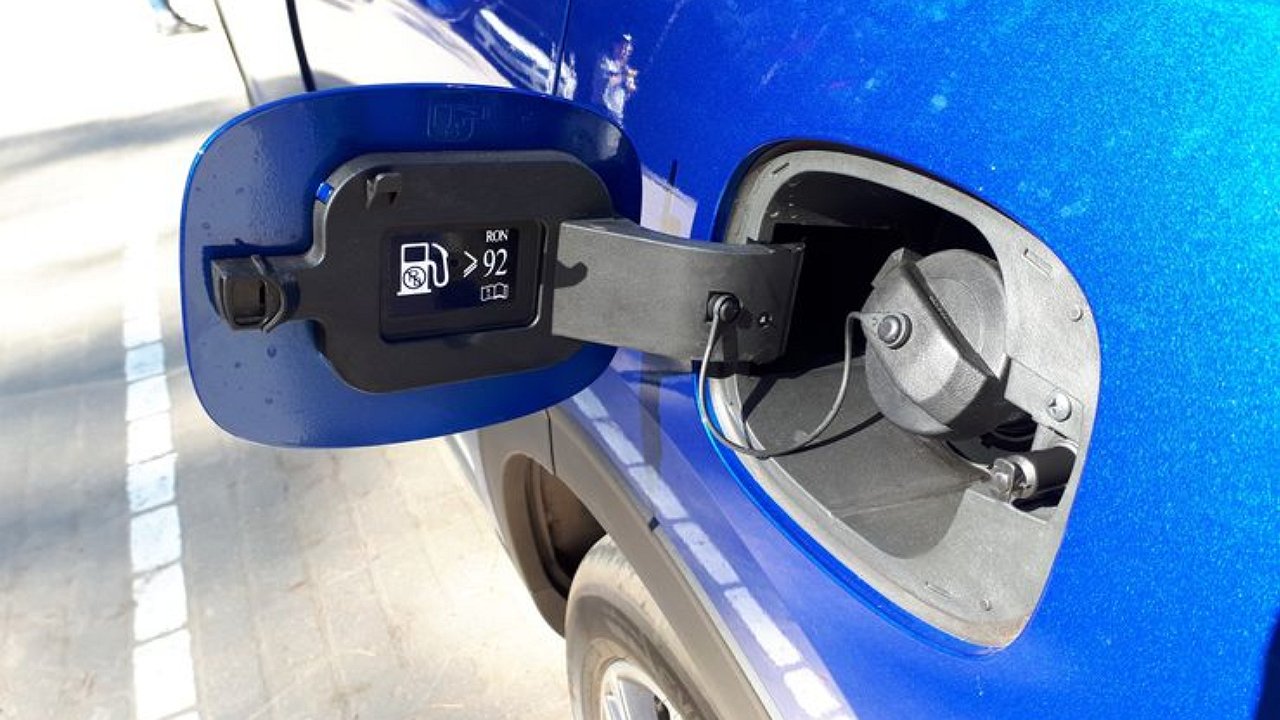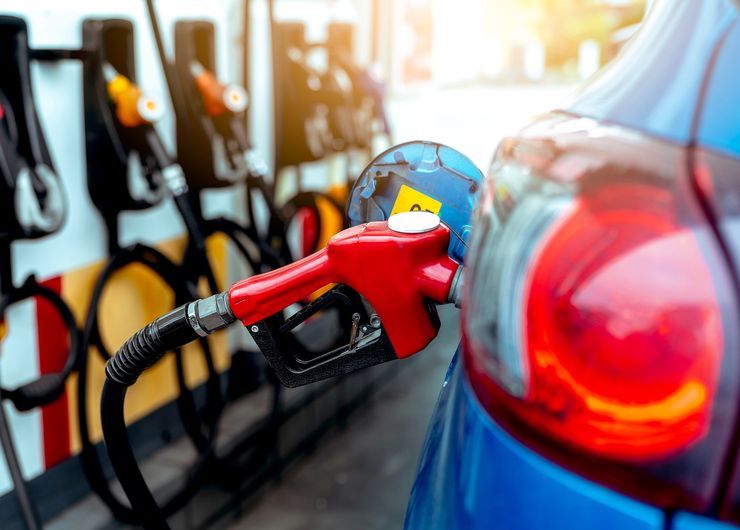How much 92nd gasoline shortens the life of the engine
- August 21, 2023
- 0
Low-octane fuel is allowed to be used by many car manufacturers for refueling modern cars, although the Chinese are particularly distinguished in this. Often on the hatches of
Low-octane fuel is allowed to be used by many car manufacturers for refueling modern cars, although the Chinese are particularly distinguished in this. Often on the hatches of

Unfortunately, for many years the rules on the car market have not been dictated by car manufacturers, but by environmentalists. With the support of the authorities of many countries of the world, they constantly put their hands on the economy, so techies have to come up with new solutions every time. Fuel companies are also not standing still. They develop high octane gasolines to get high power out of the engine and reduce the amount of harmful emissions into the atmosphere. New cars are certified with them.
However, AI-98 or AI-100 are quite expensive. In real life, not every driver uses them. Realizing this, auto marketers went to work. They gave the command to the engineers and completed the engine management program so that the engine could somehow “digest” the 92nd.
But the problem is that the laws of mechanics and chemistry cannot be tricked. Such fuel cannot withstand the high compression ratio of a modern engine. The result is explosion. Explosive waves from the combustion chambers hit the pistons. The latter are braked and their “skirts” scratch the cylinder walls. And due to the increase in temperature, partial melting and the appearance of piston rings occur.
How much does the source of the power unit decrease if you fill it with the 92nd? It depends on the driving style. Detonation occurs with strong pressure, which increases with the speed of the crankshaft. The higher the load, the greater the risk of the problems described above.
Sometimes it is enough to drive along the “scarf” at a speed of 140 km / h for a few hundred kilometers, after which the driver notices a small oil burner. He goes to the service and there they show him the condition of the cylinder walls. A new engine that has not yet been broken in can be “killed” immediately. “Heart of steel” with mileage will withstand more, but problems will arise somewhere after 100,000 km.
For reference, modern engines have an estimated lifespan of about 250,000 km. That is, due to economy, the car does not even reach half of the prescribed mileage. Therefore, do not look at the inscription on the fuel filler flap, but at the technical specifications of your car. If the engine compression ratio is 10.5, enter only the 95th. If 11 or higher – AI-98.
What to do if there are only 92 at the gas station? Take 10 liters and do not run the engine above 2000 rpm. Then the risk of explosion is minimized and serious consequences can be avoided.

Unfortunately, for many years the rules on the car market have not been dictated by car manufacturers, but by environmentalists. With the support of the authorities of many countries of the world, they constantly put their hands on the economy, so techies have to come up with new solutions every time. Fuel companies are also not standing still. They develop high octane gasolines to get high power out of the engine and reduce the amount of harmful emissions into the atmosphere. New cars are certified with them.
However, AI-98 or AI-100 are quite expensive. In real life, not every driver uses them. Realizing this, auto marketers went to work. They gave the command to the engineers and completed the engine management program so that the engine could somehow “digest” the 92nd.
But the problem is that the laws of mechanics and chemistry cannot be tricked. Such fuel cannot withstand the high compression ratio of a modern engine. The result is explosion. Explosive waves from the combustion chambers hit the pistons. The latter are braked and their “skirts” scratch the cylinder walls. And due to the increase in temperature, partial melting and the appearance of piston rings occur.
How much does the source of the power unit decrease if you fill it with the 92nd? It depends on the driving style. Detonation occurs with strong pressure, which increases with the speed of the crankshaft. The higher the load, the greater the risk of the problems described above.
Sometimes it is enough to drive along the “scarf” at a speed of 140 km / h for a few hundred kilometers, after which the driver notices a small oil burner. He goes to the service and there they show him the condition of the cylinder walls. A new engine that has not yet been broken in can be “killed” immediately. “Heart of steel” with mileage will withstand more, but problems will arise somewhere after 100,000 km.
For reference, modern engines have an estimated lifespan of about 250,000 km. That is, due to economy, the car does not even reach half of the prescribed mileage. Therefore, do not look at the inscription on the fuel filler flap, but at the technical specifications of your car. If the engine compression ratio is 10.5, enter only the 95th. If 11 or higher – AI-98.
What to do if there are only 92 at the gas station? Take 10 liters and do not run the engine above 2000 rpm. Then the risk of explosion is minimized and serious consequences can be avoided.
Source: Avto Vzglyad
Donald Salinas is an experienced automobile journalist and writer for Div Bracket. He brings his readers the latest news and developments from the world of automobiles, offering a unique and knowledgeable perspective on the latest trends and innovations in the automotive industry.